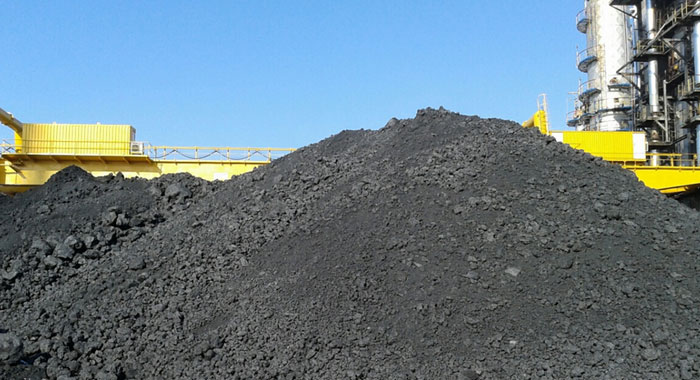
Recently, rosneft published a report on the global petroleum coke market. It highlights the cost of calcining petroleum coke as well as the carbon dioxide emissions it produces. Here, we take a closer look at these facts.
In a recent agreement, the Russian oil and gas company Rosneft signed with Rusal to supply petroleum coke and other products for Rusal's smelter. Under the agreement, Rosneft will increase its production capacity and provide Rusal with more of the raw material it needs. The new cooperation will expand the already established relationship between the two companies.
Rosneft has a wide range of petroleum coke products that it produces. These include anode grade, fuel grade, and calcined coke.

The Rosneft report on the global petroleum-coke market examines the market for petroleum coke in various countries. The report includes data on consumption, production sites and price trends. It also analyzes supply-demand balances and gives detailed information on the main consumers. It also presents a forecast for the development of the Russian petroleum coke market in the years up to 2020. Moreover, the report covers information on trade routes and domestic tariffs, thereby providing a comprehensive picture of the global petroleum coke market.
The Petroleum Coke (Petcoke) market report is a comprehensive research that helps companies and investors understand the competitive landscape and strengthen their position in the business. It also offers valuable insights on the market share of major players in different regions, types, and applications. Moreover, it mentions the growth rates for each country.
Rosneft has increased its production of calcined petroleum coke, which is a fuel used to reprocess oil. The increased production is contributing to an increase in the cost of petroleum coke. The cost of this fuel is closely tied to the quality and quantity of crude oil processed. Moreover, the demand for coke is also affected by the pricing of petroleum products. This commodity is competing with other fuels such as low-value steam coal and shale gas.
In 2011, the United States was the world's largest producer of petroleum coke. It accounted for 40 percent of the world's supply. The next largest producers were China and India, which combined accounted for almost a quarter of the global output. By 2016, these countries are expected to contribute as much as one third of the world's supply of petroleum coke.
Rosneft produces petroleum coke that is used in a variety of applications in the carbon industry. Its products are available in fuel, anode, and calcined forms. While the latter is primarily used in the aluminum industry, fuel grade petroleum coke is also used in cement kilns and steel production. It is also used as a fertilizer.
Because petcoke is more than 80% carbon, it emits 5% to 10% more carbon dioxide than coal. However, the difference in emissions depends largely on the moisture and volatile hydrocarbon content of the coal.
As cement is used for construction and infrastructure, demand for petcoke is rising globally. This fuel is used in cement production and is a crucial source of energy for the cement industry. Some cement plants use petcoke to produce cement, which also helps in absorbing SO2 during thermal decomposition. The cement industry in China has seen steady growth and is expected to reach 2.377 billion tons by 2020, an increase of 1.6% year-on-year.
During Q1 2019, the demand for Petroleum Coke in Europe was on the rise as a result of rising crude oil prices. This impacted the availability of pet coke in Europe, resulting in a significant price increase. Moreover, the high price of energy in Europe led to a decrease in construction activities, which affected downstream cement demand.

Write a Message